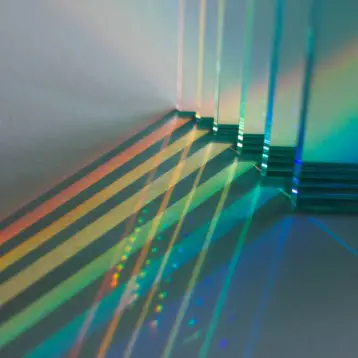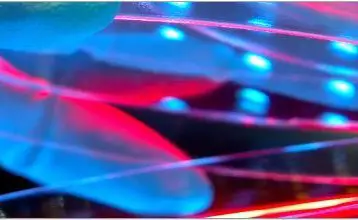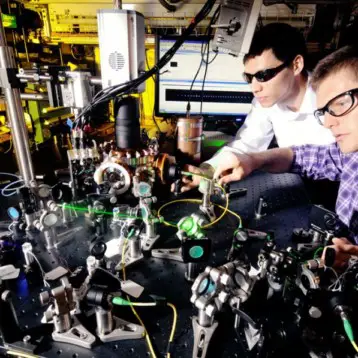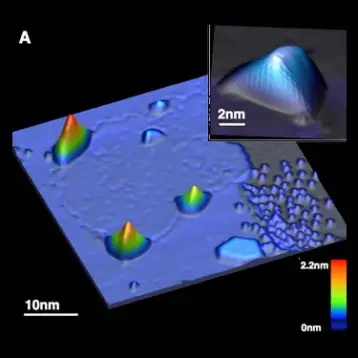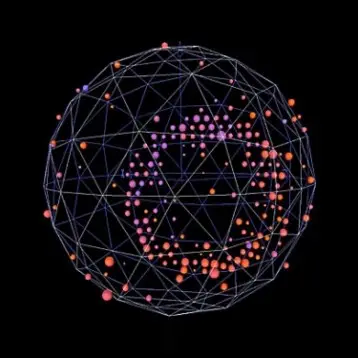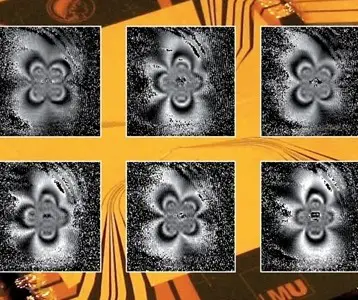|
CERN, the European Organization for Nuclear Research, is one of the world’s largest centers for scientific research. Its area of research is fundamental physics, finding out what the universe is made of and how it works. By using large particle accelerators, scientists study particle collisions and their effects.
There has been lots of hype surrounding the new collider, the LHC. It is the world’s largest particle accelerator, with a circumference of 26,659 meters (87,464 feet). At full power, trillions of protons will race around the LHC accelerator ring at 99.99% the speed of light. Two beams of protons will each travel at a maximum energy of 7 TeVs (tera-electronvolts), corresponding to head-to-head collisions of 14 TeV.
Due to the high energies in the accelerator, rumors regarding the safety of the accelerator began to spread. From vacuum bubbles to black holes, a variety of so called risks were raised. Matters escalated to the point of lawsuits being filed against the accelerator’s builders and death threats sent to LHC workers.
|
It is true that high energies will be reached in the accelerator, but much higher energies reach us daily as cosmic rays continuously bombard the earth. Despite these high energies, the world hasn’t ceased to exist and no destructive micro black holes were ever reported. A study published last week in the peer reviewed Journal of Physics G: Nuclear and Particle Physics provides comprehensive evidence that safety fears about the LHC are unfounded.
For example, any microscopic black holes that may be created should decay by Bekenstein-Hawking radiation before they wreak havoc on earth. This radiation allows black holes to lose more matter than they gain causing them to shrink and ultimately vanish.
With these worries put to rest (for those who were actually concerned) it remains to be seen if the LHC will achieve its goal of shedding light on various aspects of particle theory. In particular scientists hope to detect the Higgs boson, a hypothetical massive particle predicted to exist by the Standard Model of particle physics. This particle is the only Standard Model particle not yet observed.
TFOT has been following the development of the LHC in recent months including the final LHC synchronization test, and a report on the LHC ATLAS detector being finally assembled. TFOT also reported about another important tool added to the physicist’s arsenal – the Gamma-ray Large Area Space Telescope (GLAST) recently launched by NASA.
Further information on the safety of the LHC can be found in the CERN press release and in the Journal of Physics article confirming the accelerator’s safety. Video converge can also be found here.



